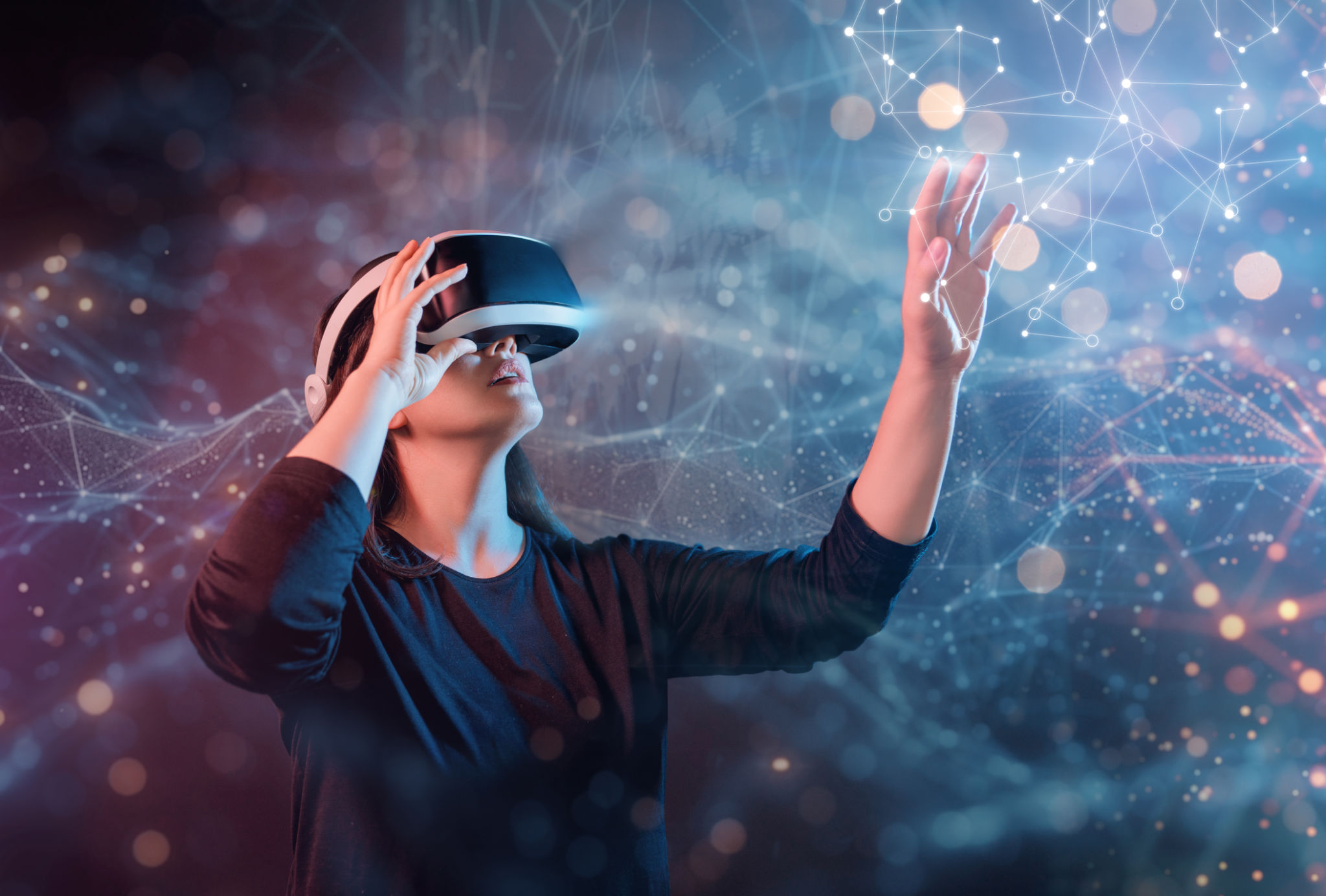Behind the Scenes: Designing Innovative VR Adventures in Egypt
Exploring the Creative Process
Virtual Reality (VR) is transforming the way we experience the world, and when it comes to historical exploration, its potential is limitless. Designing VR adventures set in Egypt requires a blend of creativity, technology, and historical accuracy. This journey begins with extensive research into Egypt's rich history, from the majestic pyramids to the enigmatic Sphinx.
The development team collaborates with historians and archaeologists to ensure that every detail is authentic. This collaborative effort is crucial in creating an immersive experience that transports users back in time. By combining cutting-edge technology with historical expertise, developers create a platform where history comes alive.

The Role of Technology
The backbone of any VR adventure is the technology that powers it. High-resolution 3D modeling and photorealistic graphics are essential in crafting a believable environment. Developers use advanced software to create intricate models of ancient Egyptian structures, ensuring that textures and colors reflect the era accurately.
Furthermore, sound design plays a pivotal role in enhancing the immersive experience. By integrating ambient sounds of bustling markets or the winds of the desert, users can feel as though they are truly standing on ancient soil. This attention to detail is what sets exceptional VR experiences apart from the rest.

Storytelling in VR
At the heart of an engaging VR adventure is a compelling narrative. Storytelling in VR goes beyond traditional methods, as it allows users to interact with the story in real-time. Scriptwriters work closely with developers to weave narratives that are not only educational but also captivating and interactive.
These narratives often involve quests or missions, guiding users through iconic sites and allowing them to participate in historical events. By actively engaging participants, VR adventures become more than just a visual spectacle; they transform into educational journeys that resonate with users long after they remove the headset.

Testing and Feedback
Before a VR adventure is released to the public, extensive testing is conducted to ensure a seamless user experience. Testers from various backgrounds are invited to explore the virtual environments, providing feedback on usability and content accuracy. This iterative process helps developers identify areas for improvement.
Incorporating feedback is crucial in refining the adventure and ensuring that it meets the expectations of a diverse audience. Whether it's adjusting the difficulty of a puzzle or enhancing graphical elements, every piece of feedback contributes to creating an unforgettable experience.
The Future of VR Adventures
The future of VR adventures in Egypt looks promising as technology continues to evolve. With advancements in VR hardware and software, developers are exploring new ways to push the boundaries of what is possible. Emerging technologies, such as haptic feedback, promise to enhance sensory experiences even further.
As these technologies develop, the possibilities for educational and entertainment applications are endless. By continually innovating and improving, VR adventures can offer unprecedented opportunities for exploration and learning, connecting people with history like never before.
